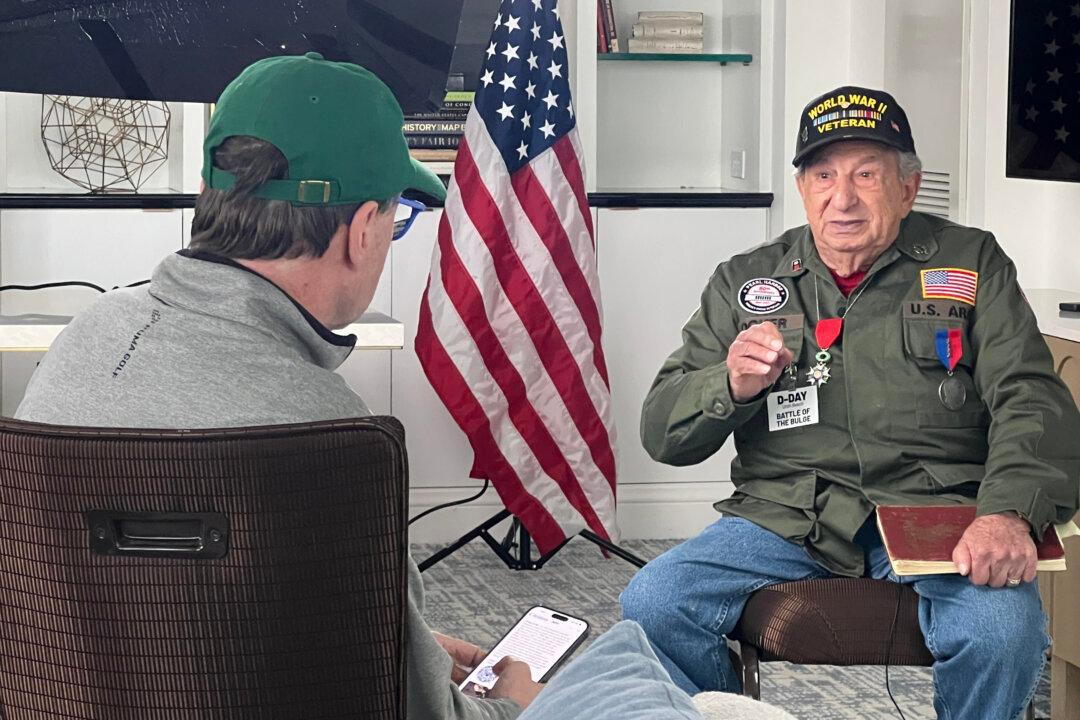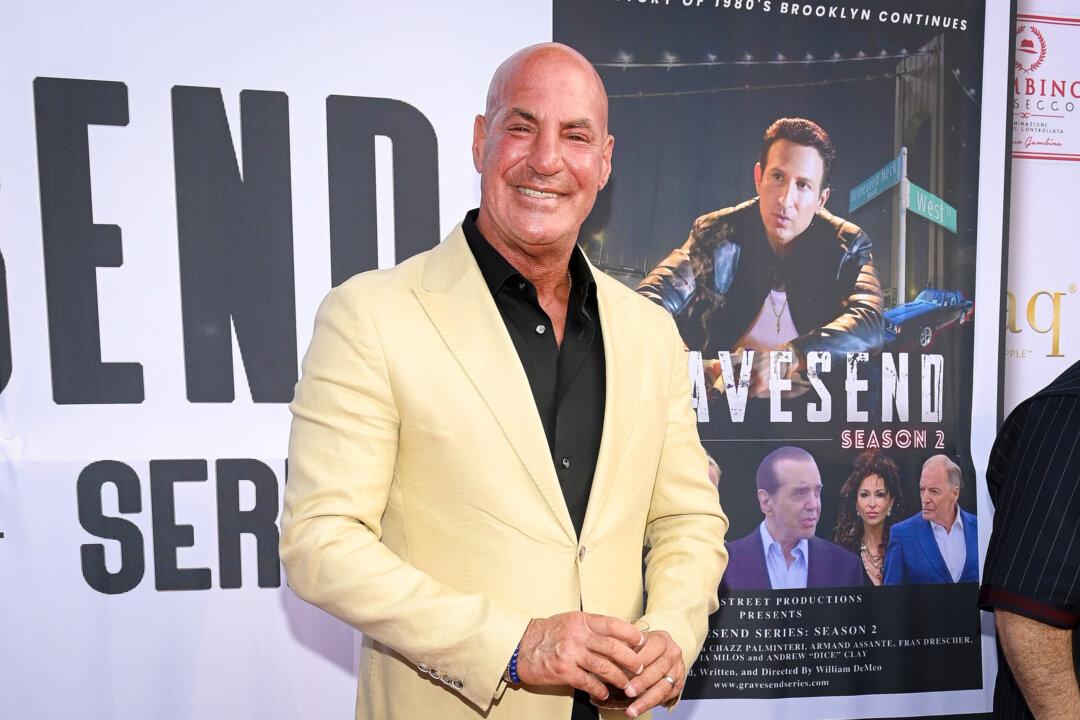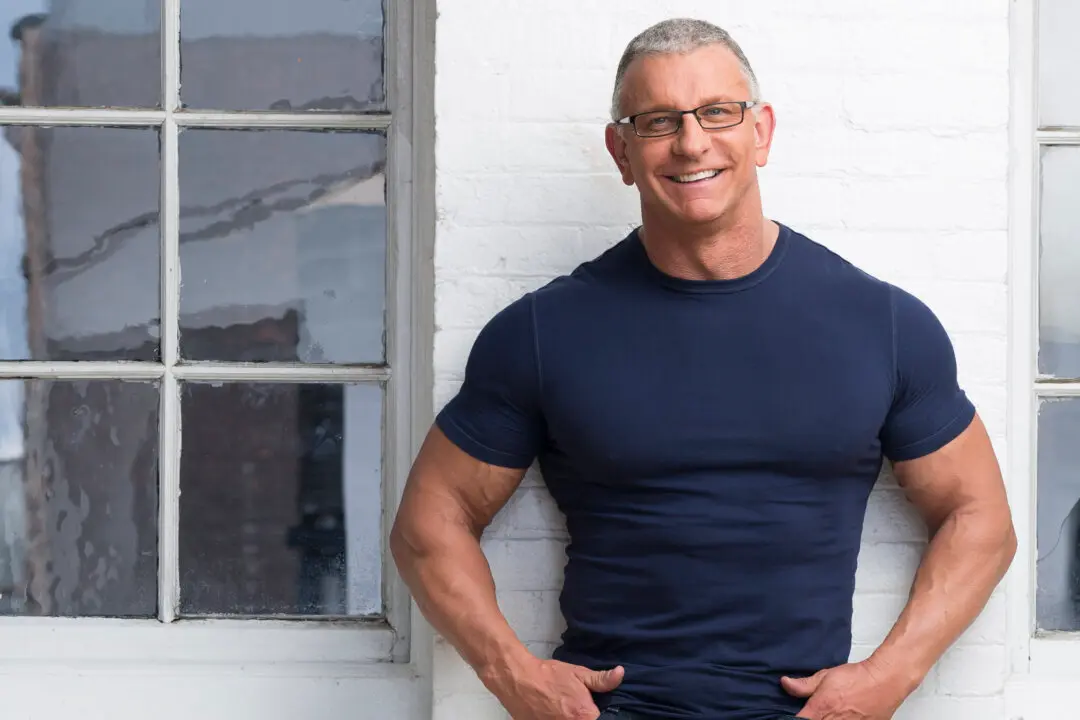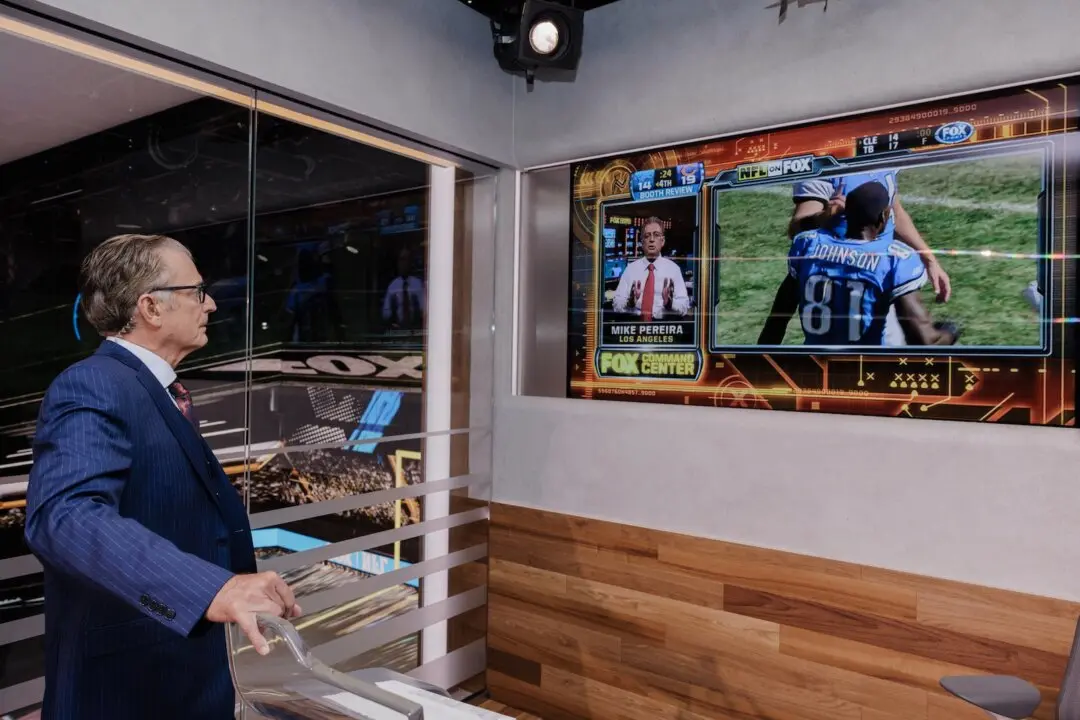Documentarian Tim Gray is on a mission to fulfill a lifelong goal that took root when he was a kid growing up in Rhode Island.
The founder and president of the nonprofit World War II Foundation and producer of 40 documentaries on World War II is racing against time to achieve his objective of telling every personal story there is to be told about the heroes of the “Greatest Generation.”




